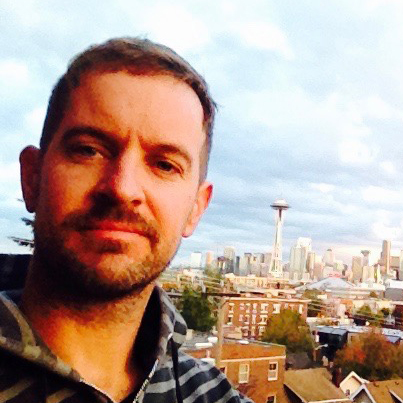Alaska Governor Bill Walker and other state officials sent a letter earlier in the month to the federal government to request a disaster declaration for the Kodiak-based Pacific cod fishery in the Gulf of Alaska.
The declaration would free up federal funds for people affected by low cod numbers in the gulf, where biologists turned up an 83 percent drop in the population from 2015, prompting the National Marine Fisheries Service to slash the fishery’s quota by 80 percent and making it eligible for disaster relief.
The letter, which was also signed by Lieutenant Governor Byron Mallet and U.S. senators Lisa Murkowski and Dan Sullivan, will go to Secretary of Commerce Wilbur Ross for review.
“Due to poor fishery performance and low catch limits, value of the 2018 Pacific cod harvest is expected to be USD 7 to 8 million [EUR 5.7 million to 6.5 million], or an 81 to 83 percent decline in revenues from the most recent five-year average,” the letter read. “Throughout the Gulf of Alaska, direct impacts will be felt by vessel owners and operators, crew, and fish processors, as well (as) support industries that sell fuel, supplies, and groceries. Local governments will feel the impact to their economic base and the State of Alaska will see a decline in fishery-related tax revenue.”
Biologists believe warmer waters associated with the marine heat wave in the Pacific Ocean have contributed to declining cod stocks. Studies show that warmer water temperatures boost the metabolism of the cod, making it hard for them to reach their energetic demands.
With the warm water mass known as The Blob moving on, some experts are cautiously hopeful that Pacific cod in the Gulf will make a comeback.
Mike Litzow, a researcher for the University of Alaska Fairbanks who is based in Kodiak, said early indications for year zero cod in 2017 are positive, but that does not mean necessarily mean the stock will bounce back.
“Around Kodiak, the new recruitment looks pretty good. It was sort of the first spike we’ve seen in age-zero cod since 2012. So that was really positive,” Litzow said. “The question is whether that is indicative of the whole stock and how they’ll fare over the next couple years. It has happened that we’ve seen good amounts of larvae, like in 2013, and then they disappear.”
Litzow is leading a team of researchers that is taking a deeper, broader look at the Gulf’s cod population. The group will track Pacific cod through the winter – previous counts by NOAA biologists were restricted to the summer months – and expand its observation area beyond the traditional study sites close to Kodiak in order to take in most of the area’s commercial fishing grounds.
Around 16 percent of the world’s cod comes from Alaska.






